Oppo has finally launched both the Find X9 and the Find X9 Pro. And this time around, they aren’t reinventing the wheel; instead, they are just polishing it. Both the Find X9 and Find X9 Pro build on the foundation of last year’s lineup, but with a sharper, more refined sense of design and better attention to detail.
The new squircle camera island on the Pro sets the tone, housing a 200MP periscope telephoto lens that aims to push portrait photography further than ever on a Find flagship. It does come at the expense of the 6x periscope from the X8 Pro, but what you get in return feels more practical. Underneath, both phones run MediaTek’s Dimensity 9500 chip with ColorOS 16 on top. I’ve been using both the Find X9 and Find X9 Pro for about a week now, and here’s what stood out the most.
Design and Display
The design language sees a clear departure from last year. While the Find X8 Pro had that slightly curved back and a circular camera module that could make anyone with tripophobia uneasy, the Find X9 Pro takes a cleaner route. The new squircle camera island sits neatly on the top left and does stick out quite a bit, but it’s actually useful — your index finger naturally tucks under it, giving you a surprisingly comfortable grip.
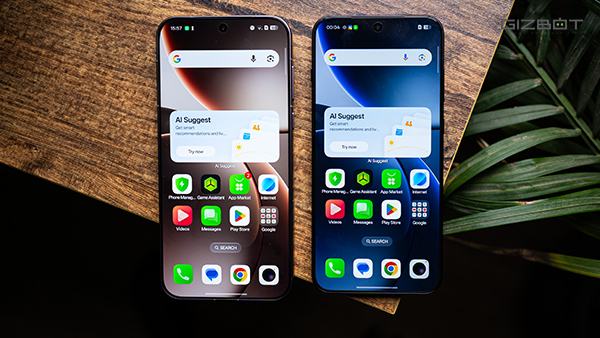
The back is now completely flat, and so are the frames, though they don’t dig into your palms even after long use. The colour tone runs consistently across the sides and back, giving the phone a proper unibody look. The same goes for the Find X9, which keeps its compact frame intact — and that, honestly, is still one of my favourite things about it. Both phones have a bit of heft to them, and the materials used exude premiumness. The Snap Key returns on the Pro for quick camera access. Both phones also carry IP66, IP68, and IP69 ratings.
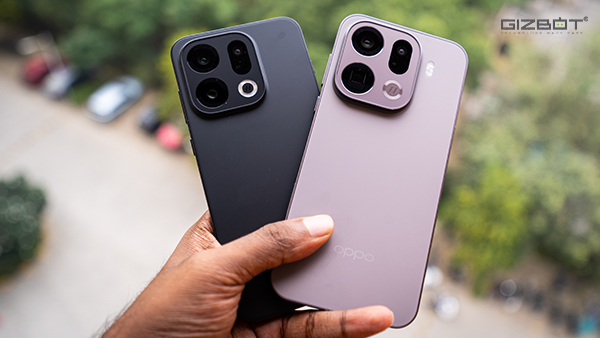
The Find X9 gets a 6.59-inch flat AMOLED panel with a 120Hz refresh rate and a layer of Gorilla Glass Victus 2 on top for drop and scratch protection. The Find X9 Pro steps it up with a larger 6.78-inch LTPO AMOLED display that can dial down to 1Hz when needed, helping save battery. Both panels look stunning, bright, sharp, and have good screen estate because of the slimmer bezels.
Cameras
The Find series has always been Oppo’s way of taking the fight to the competition on camera performance, and both phones hold their ground well, and in fact make it better. The Find X9 Pro packs a 50MP main, a 50MP ultra-wide, and a 200MP periscope telephoto camera capable of 3x optical zoom. There’s also a True Color sensor that works behind the scenes to improve color accuracy across all lenses. On the front, you get a 50MP selfie camera with autofocus.
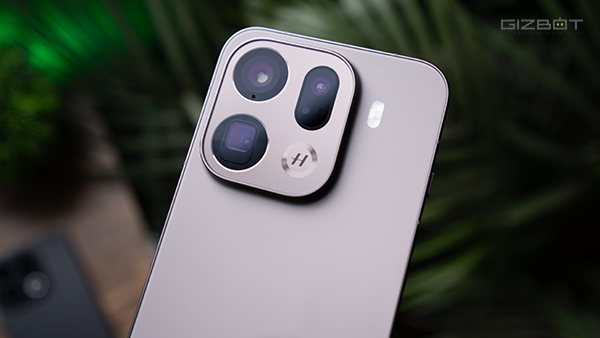
The regular Find X9 sticks to a similar layout, swapping the 200MP telephoto for a 50MP one, and opting for different sensors and aperture levels. It also uses a 32MP front camera for selfies. Both phones deliver sharp, balanced images in daylight with the usual Hasselblad color science adding a touch of warmth. You also get a Hasselblad Hi-Res mode that shoots 50MP photos from all lenses, unless you specifically toggle the 200MP option on the 3x telephoto camera.
Oppo’s new LUMO Image Engine is claimed to be doing the unseen groundwork here, but it’s still too early for me to comment on this properly. Oppo says it handles noise reduction, tone mapping, and HDR blending far more efficiently than before — and early results do look promising. Stay tuned for our full review for a deeper breakdown of how these cameras hold up in real-world use.
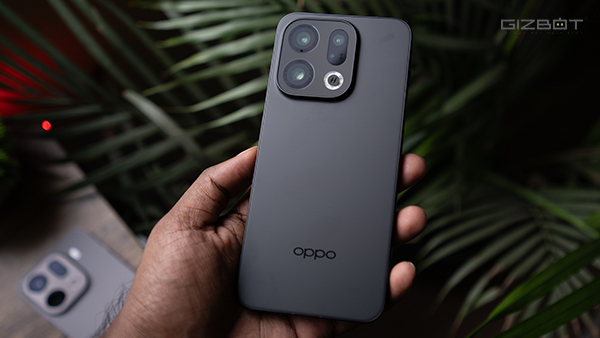
Rest, while OnePlus might have moved on from its Hasselblad partnership, Oppo still retains it. Master Mode, XPAN, and the familiar portrait-mode colour tuning can still be seen here. On the video side, Oppo’s clearly trying to close the gap with the iPhones: all cameras now support 4K 60fps recording. You also get Dolby Vision HDR, LOG capture, and more creator-focused tools right out of the box.
Performance and Battery
The MediaTek Dimensity 9500, built on the 3nm process, sits at the heart of both the Find X9 and Find X9 Pro. It’s paired with LPDDR5X RAM and UFS 4.1 storage. The Find X9 Pro comes in a single 16GB + 512GB configuration, while the standard Find X9 offers a bit more flexibility with 12GB + 256GB, 12GB + 512GB, and 16GB + 512GB options. Both run ColorOS 16 based on Android 16 out of the box.
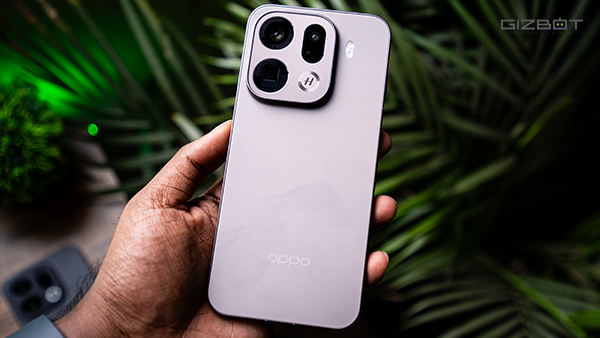
On the battery side of things, the Find X9 gets a 7,025mAh battery, while the Pro gets a slightly larger 7,500mAh unit. Despite the increase in capacity, both phones retain their slim, well-balanced builds, which is impressive. Charging support is equally strong across the lineup: 80W SUPERVOOC wired charging, up to 55W with USB PD, 50W AIRVOOC wireless charging, and 10W reverse wireless charging.
Early Verdict
The Find X9 series feels like Oppo doubling down on refinement rather than reinvention. The design is clean, and the ergonomics are better thought-out. Both phones deliver the kind of premium fit and finish you expect at this level, backed by bright, sharp displays and solid all-around performance from the Dimensity 9500.
The cameras, as always, are the main talking point — especially on the Find X9 Pro with its 200MP telephoto lens and Hasselblad tuning. It’s still early to judge Oppo’s new LUMO Image Engine, but the initial results look promising.
If the early impressions are anything to go by, Oppo’s Find X9 series doesn’t try to do everything differently — it just tries to do everything better. Stay tuned to Gizbot.com and our YouTube channel for the full rundown on both these phones in the coming days.
Best Mobiles in India
Story first
published: Tuesday, October 28, 2025, 21:30 [IST]






























